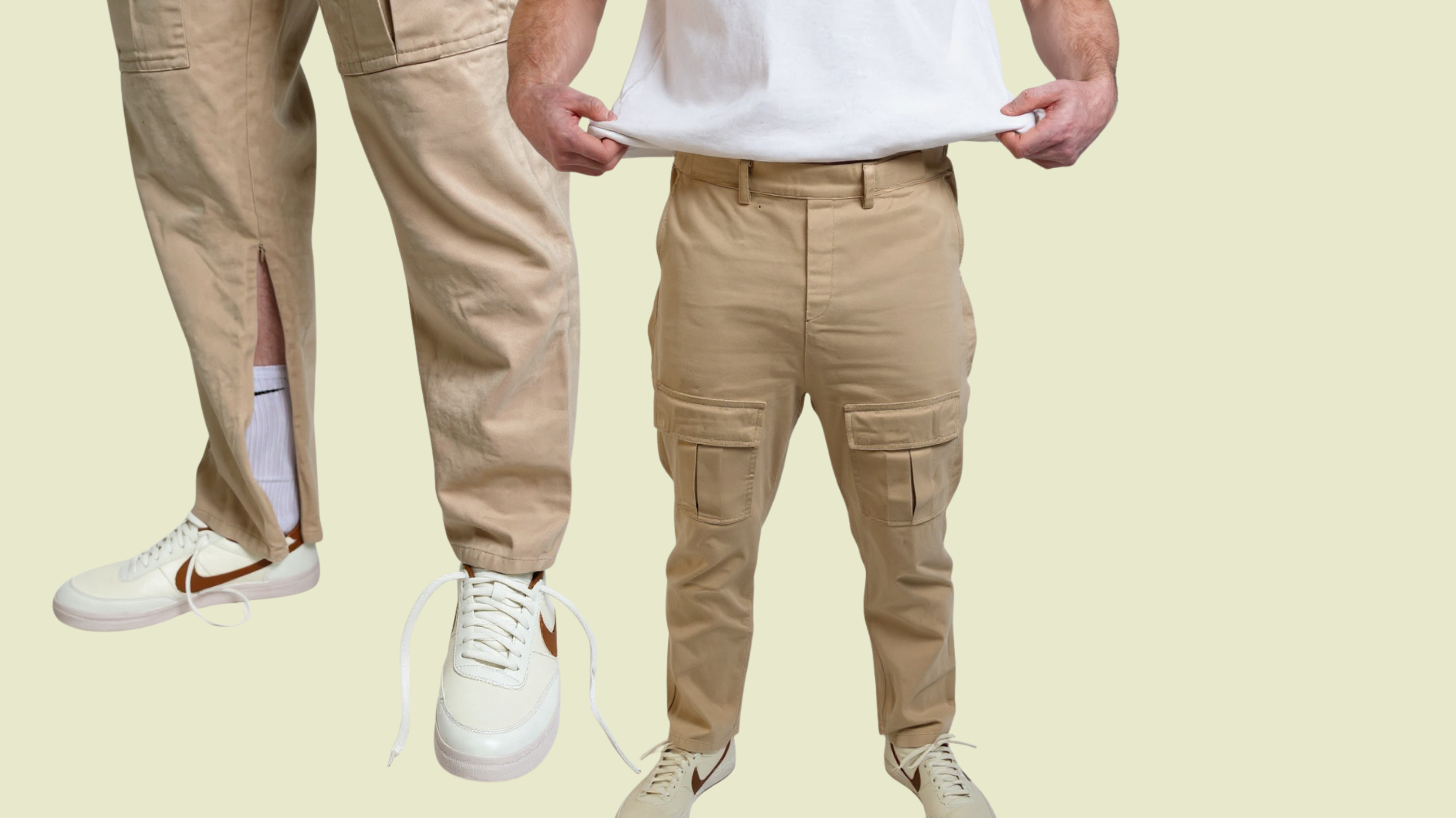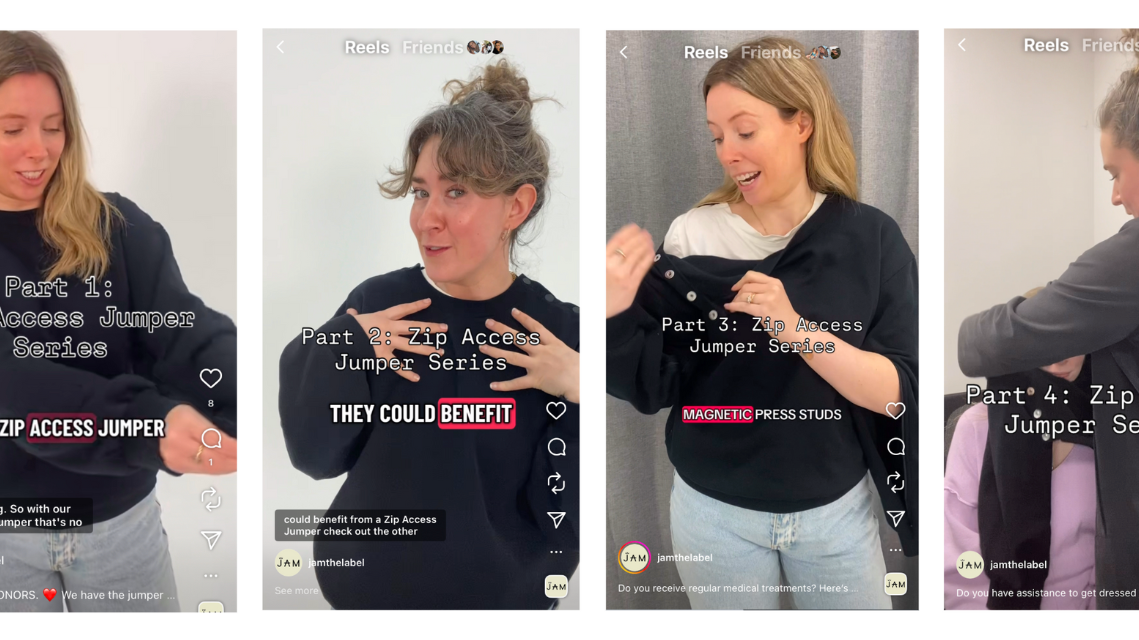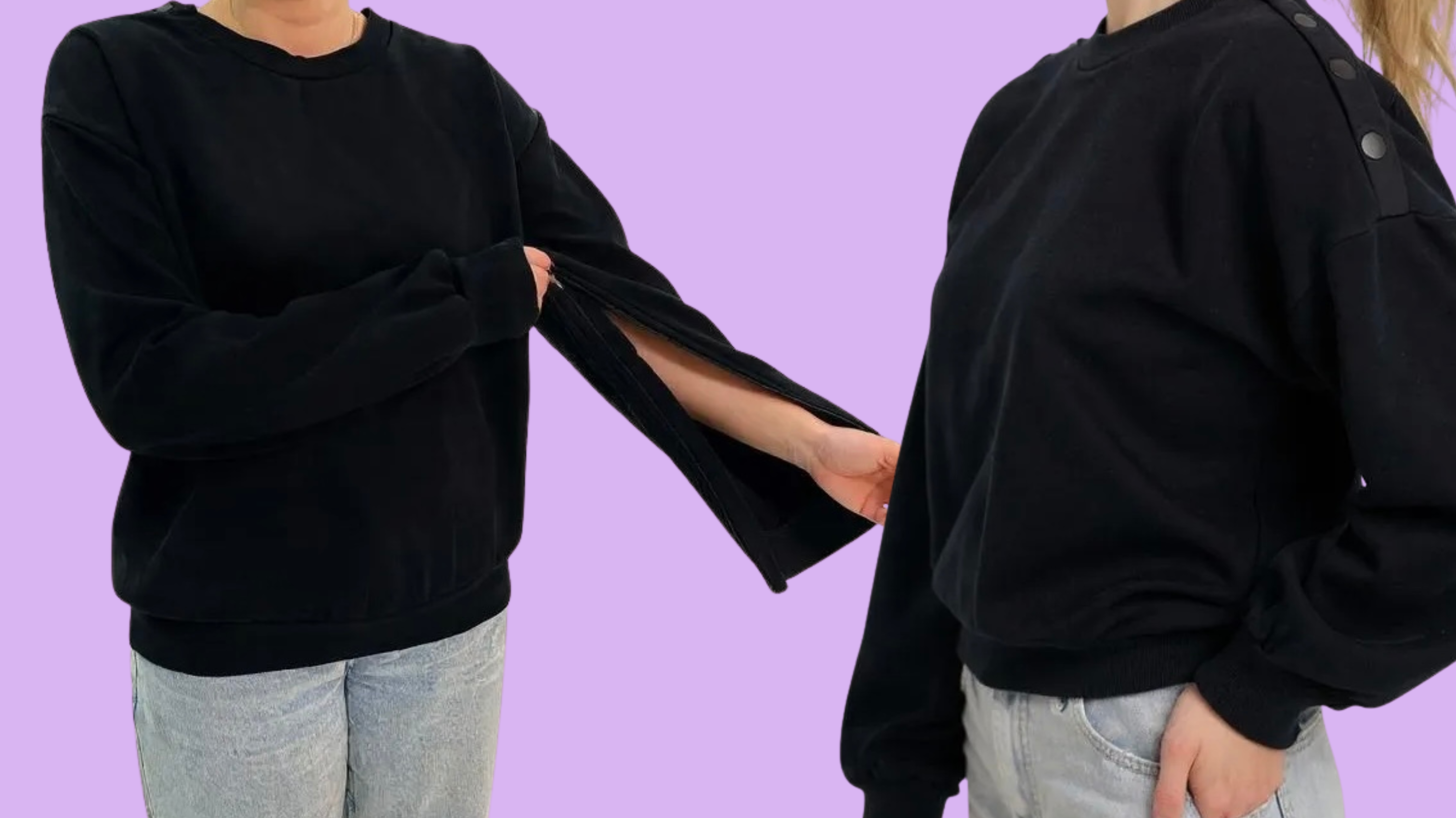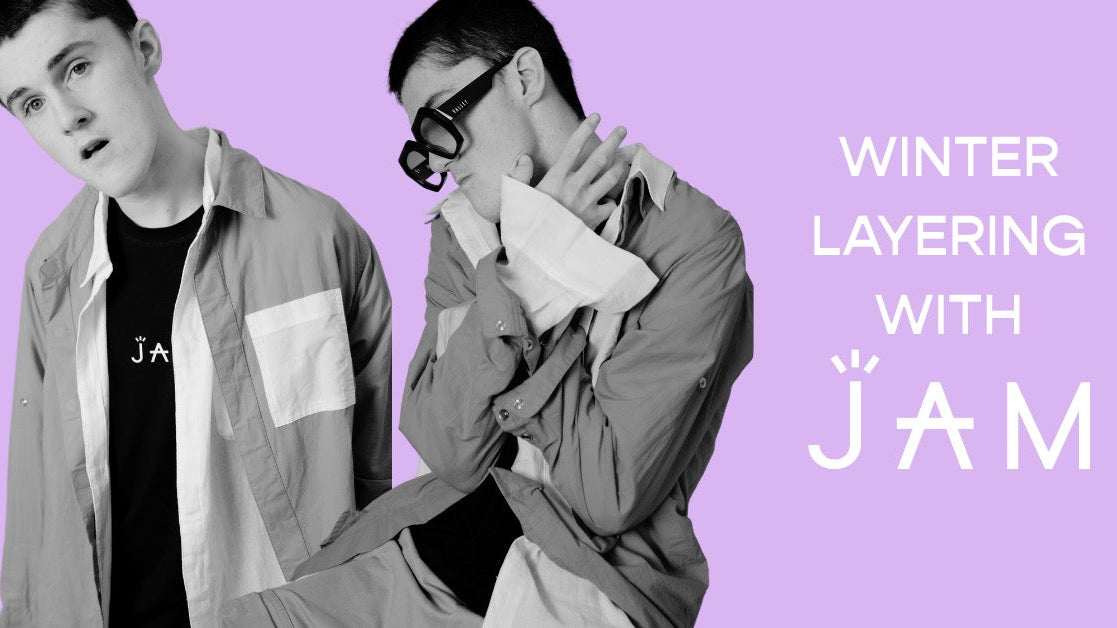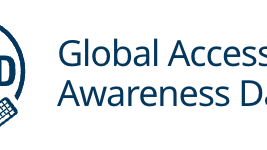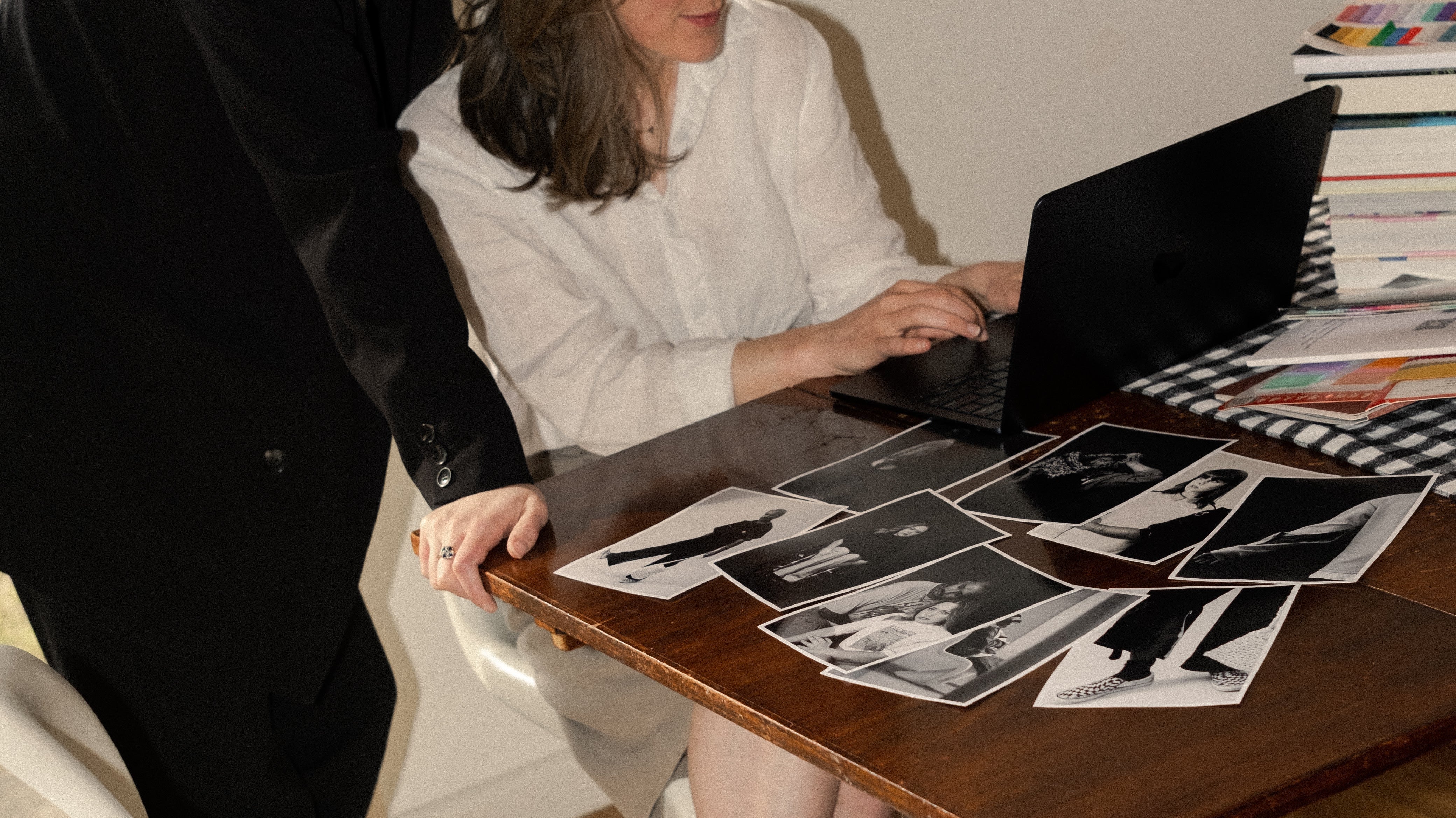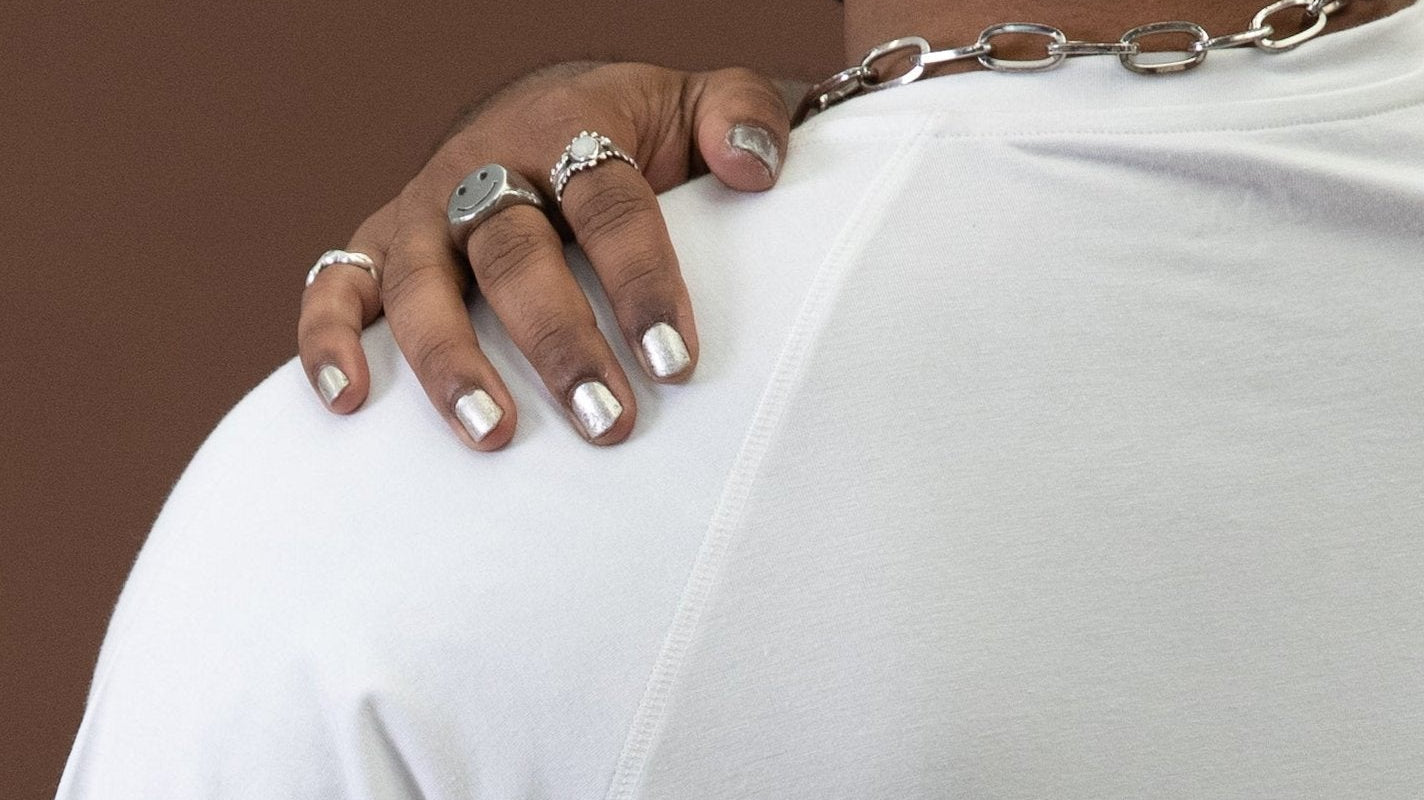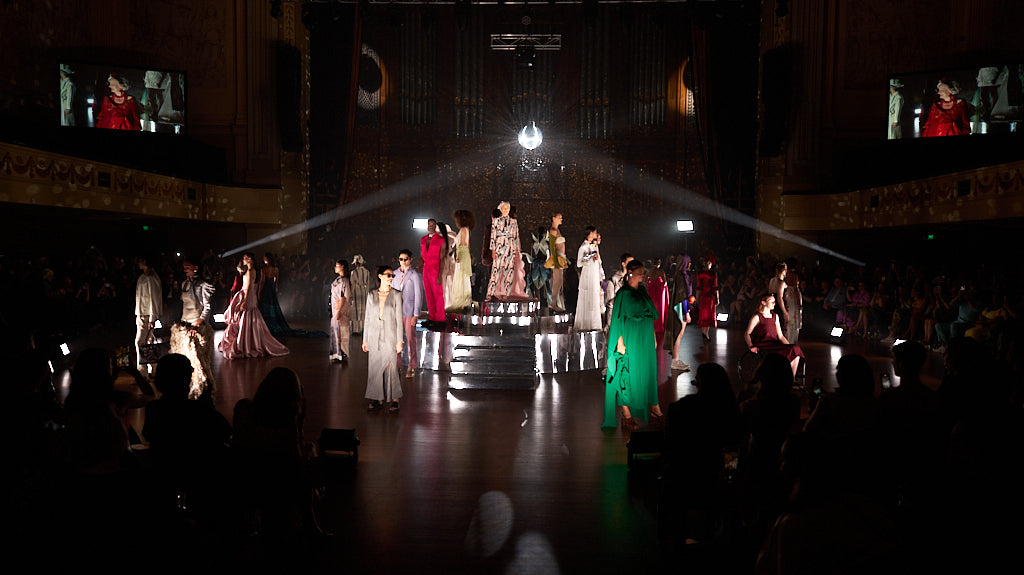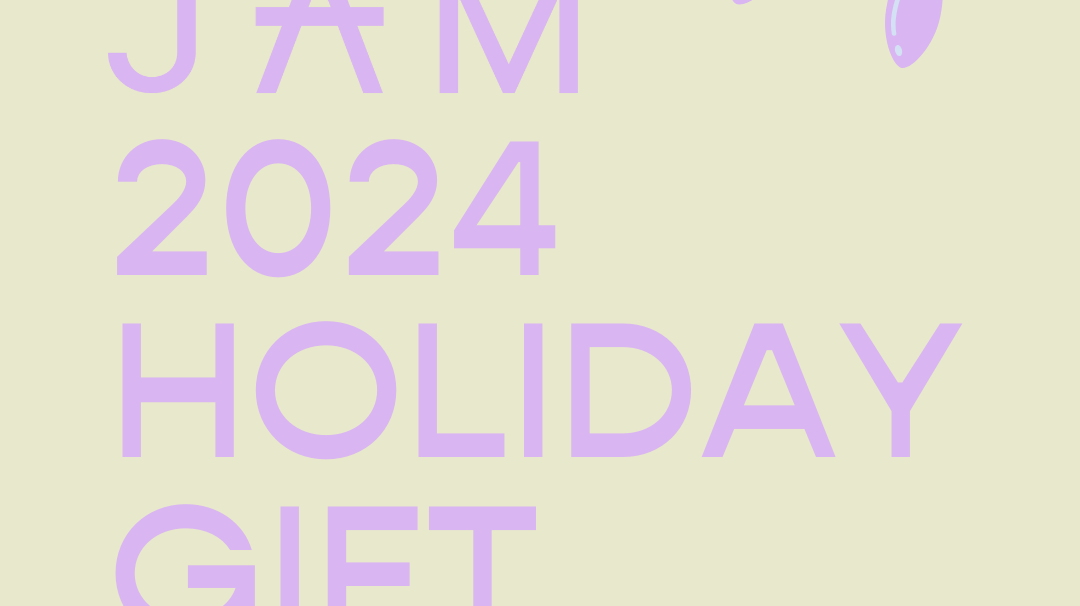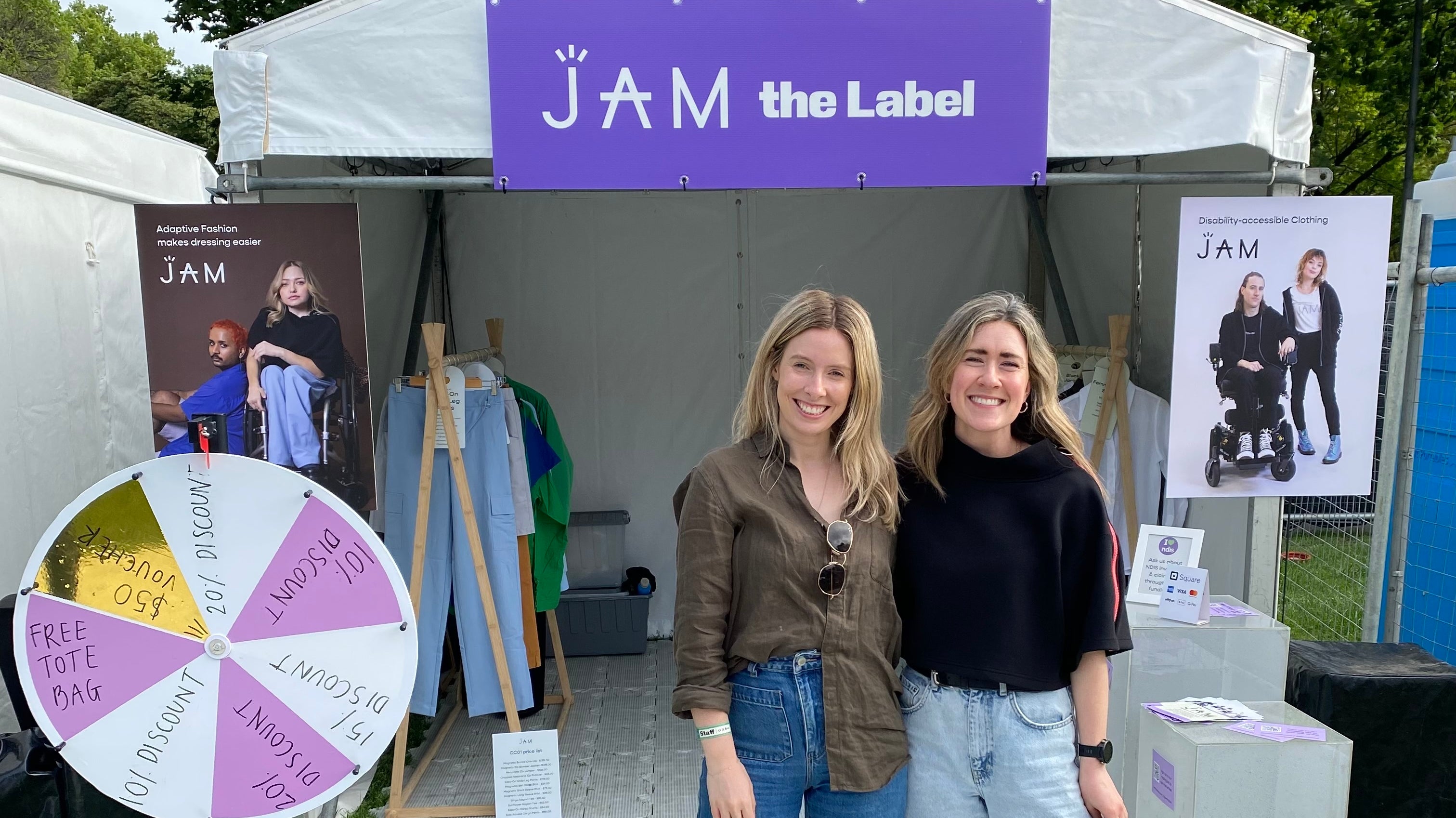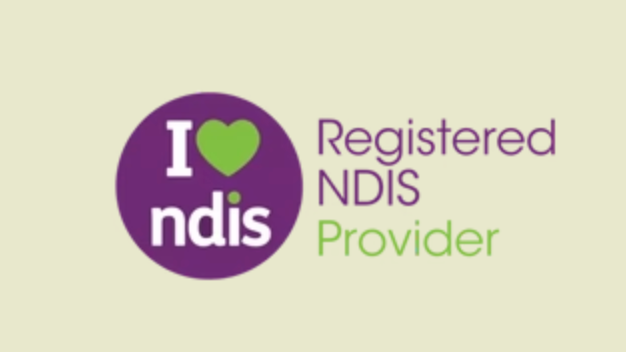We at JAM acknowledge the Traditional Owners of the land where we work and live, the Wurundjeri people of the Kulin nation and pay our respects to Elders past, present and emerging. 🖤💛❤️
We at JAM believe in inclusion for all people regardless of race, religion, gender identity, sexual identity and disability status. We aim to provide an inclusive and welcoming space for all. 🏳️🌈
